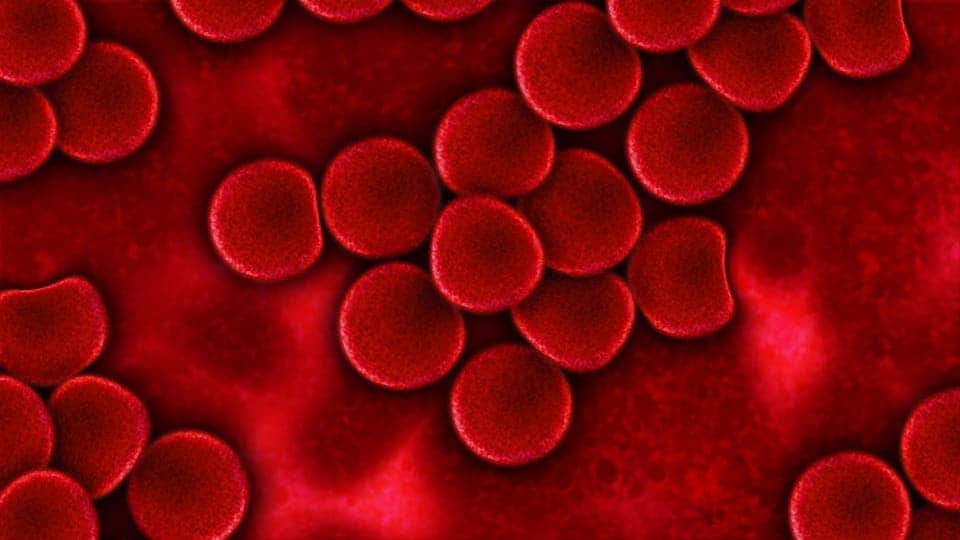One of the primary goals in the modern medical field is to create microrobots that can enter the human body and replace invasive and complicated surgery procedures. These robots could optimize the field of medicine by giving scientists and doctors the ability to deliver drugs at specific locations and perform precise operations.

Image credit Pixabay
Along with researchers from the Swiss Federal Institute of Technology in Zurich (ETHZ), scientists from the Ecole Polytechnique Fédérale de Lausanne (EPFL) have created such devices. The team created soft, flexible and motor-less microrobots that mimic the Trypanosoma brucei bacterium. The unique devices are composed of biocompatible hydrogel and magnetic nanoparticles that give them their unique shape and allow them to move and swim in the presence of an electromagnetic field.
The team begins the manufacturing process by placing nanoparticles inside layers of a biocompatible hydrogel. Afterwards, they apply an electromagnetic field, which results in the orientation of the nanoparticles at different regions of the robot.
Polymerization follows in order to “solidify” the composition of the hydrogel and the robot is then placed in water, where it folds into a unique shape that is dependent on the orientation of the nanoparticles inside of the gel. The final form represents the 3D architecture of the microrobot.
After the final step of the manufacturing process, these microrobots can be exposed to an electromagnetic field to make them swim or to heat to cause them to change shape and unfold. Ultimately, the final product – which possesses a bacterium-like flagellum – mirrors the T. brucei bacterium that is responsible for causing sleeping sickness.
“We show that both a bacterium’s body and its flagellum play an important role in its movement,” said Selman Sakar of the EPFL and co-author of the study. “Our new production method lets us test an array of shapes and combinations to obtain the best motion capability for a given task. Our research also provides valuable insight into how bacteria move inside the human body and adapt to changes in their microenvironment.”
Much more research is still needed until these microrobots are ready to traverse the human body to determine any potential side effects, but the promise and benefits that they could bring to the field of medicine is immense.
Journal Reference: Soft micromachines with programmable motility and morphology. 25 July 2016. 10.1038/ncomms12263









